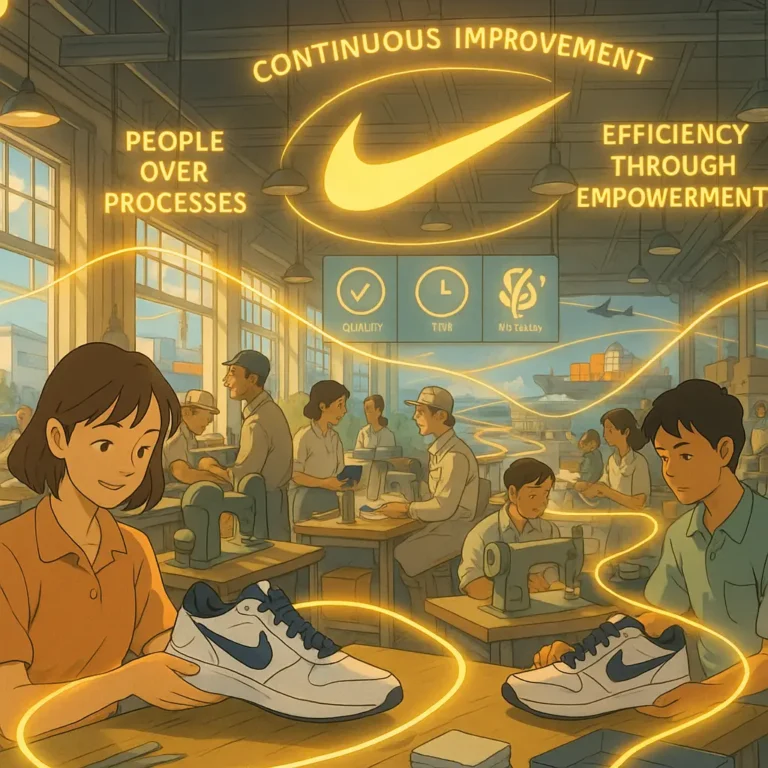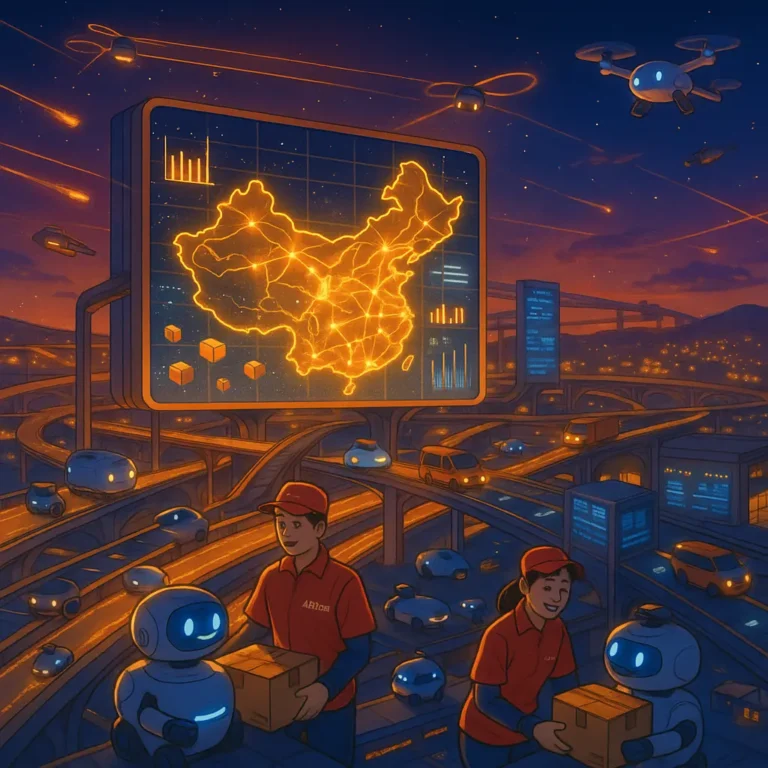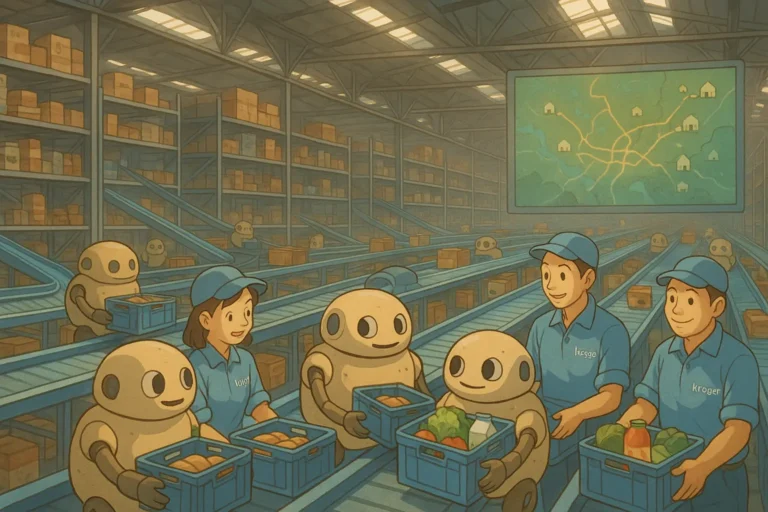
Make-to-order and make-to-stock are popular strategies used in production and inventory optimization.
When seeking to improve or optimize your supply chain management, deciding between these two can largely dictate the success of your supply chain operations.
There are differences between the two methodologies, and in this article, we will explore the differences between the two, including the pros and cons.
We will also explore scenarios when each will be the right methodology.
So, What are the Make-to-Order and Make-to-Stock Strategies?
Make-to-Order
Make-to-order (MTO), also known as pull inventory, is a production and inventory control strategy where products are produced only after your customer’s orders have been received.
With this methodology or strategy, you hold very little to no finished product in inventory because your entire model is based on responding to unique customer requests. For example, if you are in the yacht manufacturing business, you do not make 200 million dollars and leave it in inventory.
It is the ideal strategy for highly customized and unique products, which helps you avoid overproduction while tailoring production to meet customer’s demands.
Make-to-order and make-to-stock are really important strategies that help you make the most of your resources in production and inventory control.
Make-to-Stock
Make to Stock (MTS), also known as push inventory is a production and inventory control strategy in your supply chain whereby you produce products in advance and store them as finished goods, waiting for customers to purchase them.
MTS is suitable for supply chains with stable demands, allowing your organization to meet customer’s demands immediately after they are placed.
It is the opposite of the MTO, where production only begins after the customer places demands. MTS is typical for everyday goods and products such as sneakers, chocolate, beverages, and smartphones, among many others.
Pros and Cons of Make-to-Order and Make-to-Stock
Make-to-Order (MTO)
Pros
1. Reduced Inventory Costs
With MTO, you have little to no need for inventory, which means there is no need for inventory costs.
Overall, it helps you cut down your supply chain cost, which is a big goal for any supply chain management.
2. Customization
MTO allows you to customize your supply chain products to the customer’s demands, specifications, and tailored products. It will help you improve customer satisfaction.
3. Lower Risk of Waste
There is little to no waste because the product is only produced after the customer orders. This negates the fear of overproduction or damage of goods in inventory.
4. Cash Flow Efficiency
There is no cash tied down in inventory and production. This enables you to spend less on materials and labour until you secure orders, improving cash flow.
5. Quality Control
Quality assurance and control are difficult to manage when producing made-to-stock items, especially when it is a lot.
However, producing based on order reduces the workload and allows for a better quality control system.
Cons
1. Longer Lead Times
If you use the MTO strategy, your production will only get into motion after receiving an order.
Because of this, your lead time is already an issue because production is just starting. Ultimately, your customers will not get your product on time.
2. Production Complexity
MTO focuses a lot on customization, but customization increases the complexity of production. When your production becomes more complex, it takes longer and will often cost more.
3. Demand Variability
MTO strategy depends on incoming demands, which makes market research or analysis futile.
When that is the case, you will find that it becomes difficult to predict the resources you will need at any given time.
When that happens, you may have a problem getting those raw materials and resources when the order is finally available.
4. Higher Costs of Production
Although MTO reduces your inventory cost, it increases your production cost because of the order’s size and the customization’s complexity.
5. Inventory Challenges
Typically, MTO reduces or eliminates the need for inventory, but it will depend on the nature of the industry.
Inventory is not just about raw materials used. It also factors in the infrastructure, which demands maintenance whether it is in use.
Make-to-order and make-to-stock strategies are different but can be effective in the right setting. Next lets explore the pros and cons of the MTS.
Make-to-Stock
Pros
1. Quick Delivery
When you practice made-to-stock, it reduces the lead time and order cycle time because the products are readily available to be delivered to the customer.
This helps them meet or take care of urgent needs.
2. Economies of Scale
Henry Ford was one of the fathers of this method. He discovered that you can do it cheaply and in less time when you produce goods in bulk. The same is true today.
3. Steady Supply
When there are products on the ground, it facilitates endless availability, which helps prevent stockouts and downtimes in your supply chain.
This method also engenders customer satisfaction.
4. Production Planning
MTS strategy helps simplify your production planning and scheduling due to a steady or stable demand pattern. It also helps your forecasting.
5. Reduced Production Time
With MTS, you will have a reduced production time because raw materials are already on hand, eliminating the lead times and logistics delays in getting new raw materials.
Cons
1. Risk of Overproduction
With MTS, overproduction is always risky, especially when dealing with inaccurate demand forecasts. Overproduction leads to a high cost of carrying or holding inventory.
2. Limited Customization
When you are using the MTS strategy, you are limited in your ability to customize or meet unique customer demands.
Depending on the industry, it could impact on customer’s satisfaction.
3. Potential for Stockouts
Just as incorrect demand forecasts can result in overproduction, it can also result in stockouts, but this time, it will lead to lost sales and, in many cases, customer dissatisfaction.
4. Obsolete Inventory
Customer preferences or technology change, which can lead to obsolete stock that must be written off.
Knowing when to use the Make-to-Order and Make-to-Stock?
Make-to-Order (MTO)
1. When there is a high demand for customization
MTO is suitable when customers demand highly customized products that cannot be produced in advance.
2. When there is a low predictability of demand.
If demand for a product is difficult to predict, MTO allows you to produce only when orders are received, reducing the risk of overproduction.
3. When you offer a wide variety of product options
MTO ensures you can fulfil unique customer requests when offering a wide range of product options or configurations.
4. When the product is rare and, in many cases, quite large
Typical examples of these products are turbines, aircraft, and furniture companies. The lesser the demand, the more need for the MTO strategy.
Knowing when to use the make-to-order and make-to-stock is important to the health and success of your supply chain. Lets explore when to use the make-to-stock next.
Make-to-Stock (MTS)
1. When there is a steady and stable source of demand
MTS is appropriate when demand for a product is relatively stable and can be forecasted confidently.
2. When customers expect quick delivery
If customers expect quick delivery and don’t want to wait for production, MTS allows immediate order fulfilment.
3. When there is an opportunity to successfully use the economies of scale
MTS can be cost-effective when producing in larger quantities reduces production costs.
4. When you are producing standardized products
MTS is best for producing products with standardized specifications that meet the needs of a broad customer base.
In practice, many supply chains use a hybrid approach. These supply chains combine the MTO and mts strategies to optimize their operations.
The choice between make-to-order and make-to-stock should align with your specific product offerings, market dynamics, and customer expectations.

Obinabo Tochukwu Tabansi is a supply chain digital writer (Content writer & Ghostwriter) helping professionals and business owners across Africa learn from real-world supply chain wins and setbacks and apply proven strategies to their own operations. He also crafts social content for logistics and supply chain companies, turning their solutions and insights into engaging posts that drive visibility and trust.








